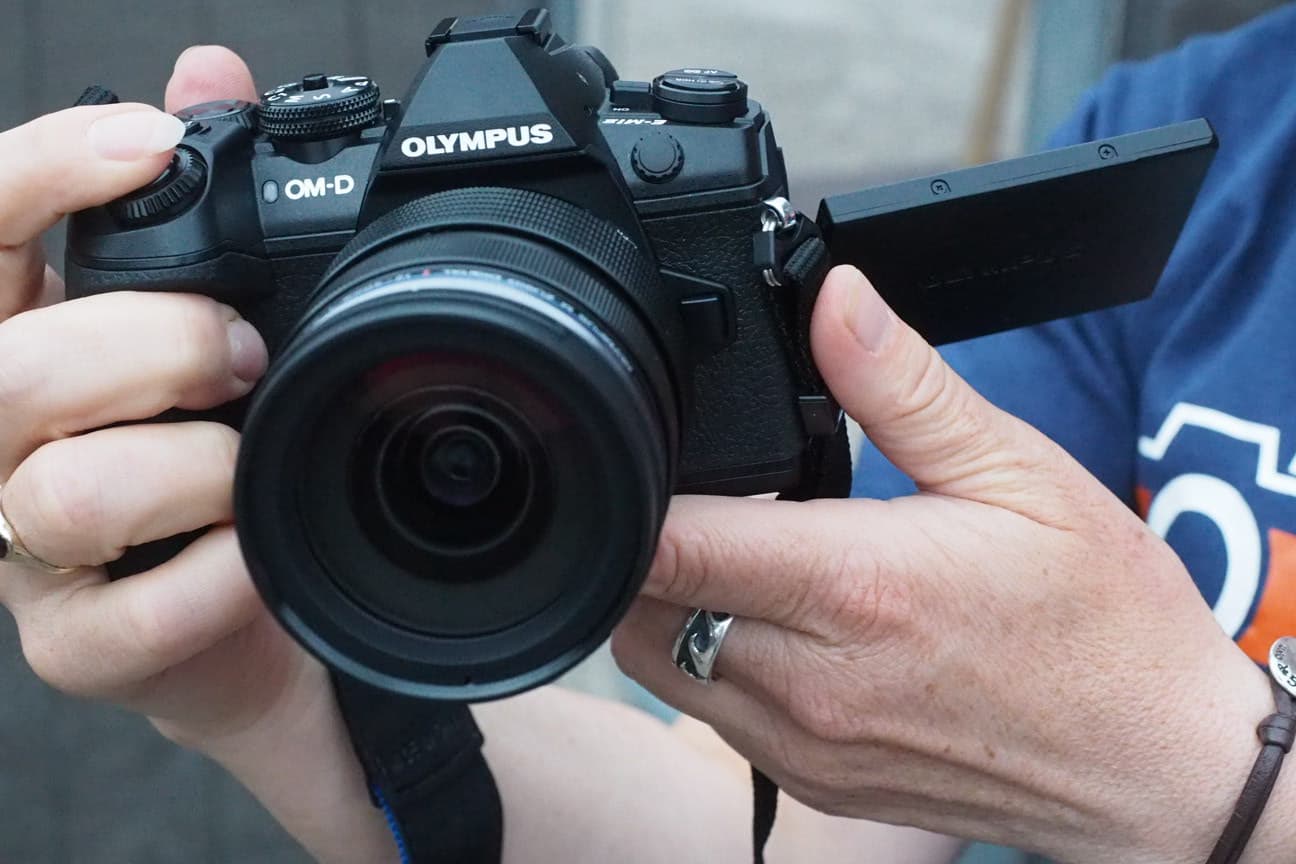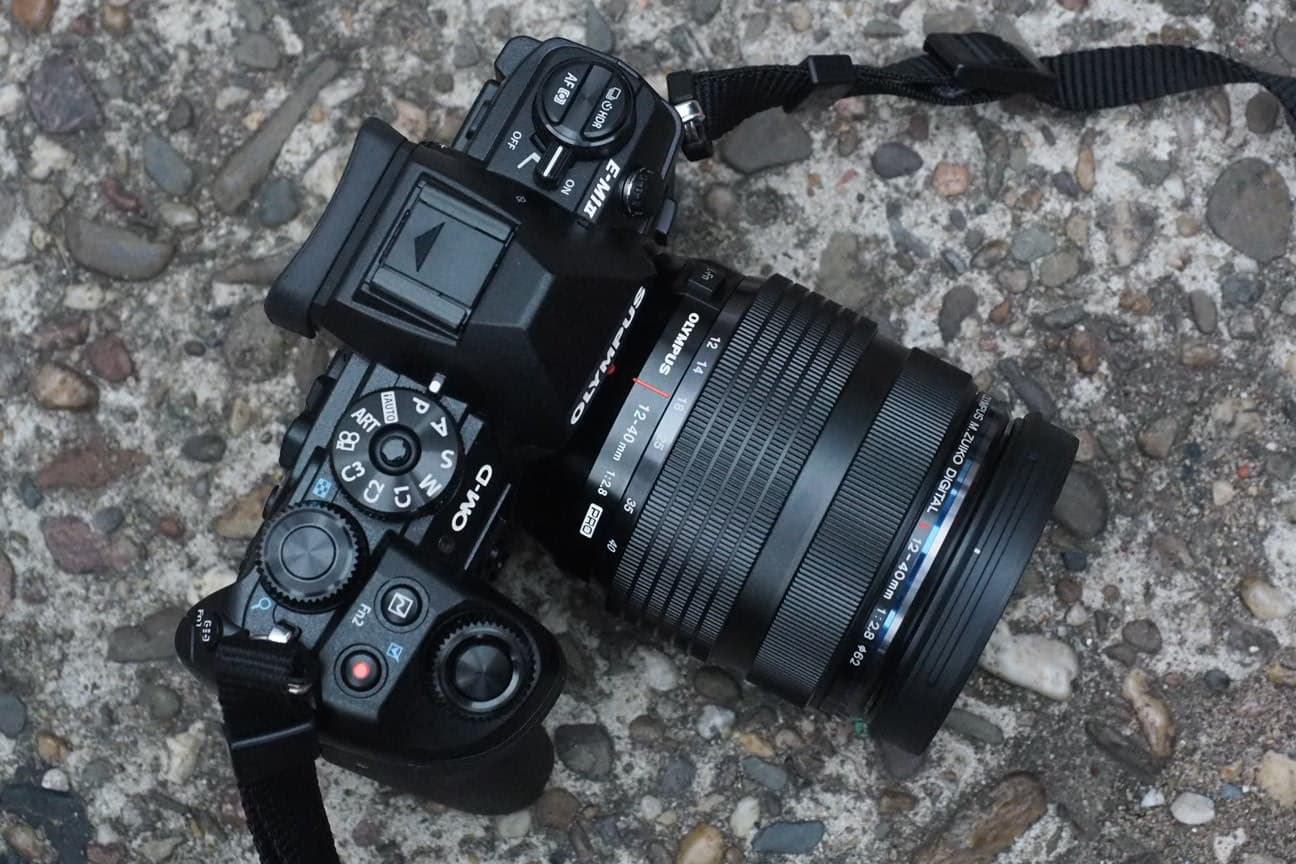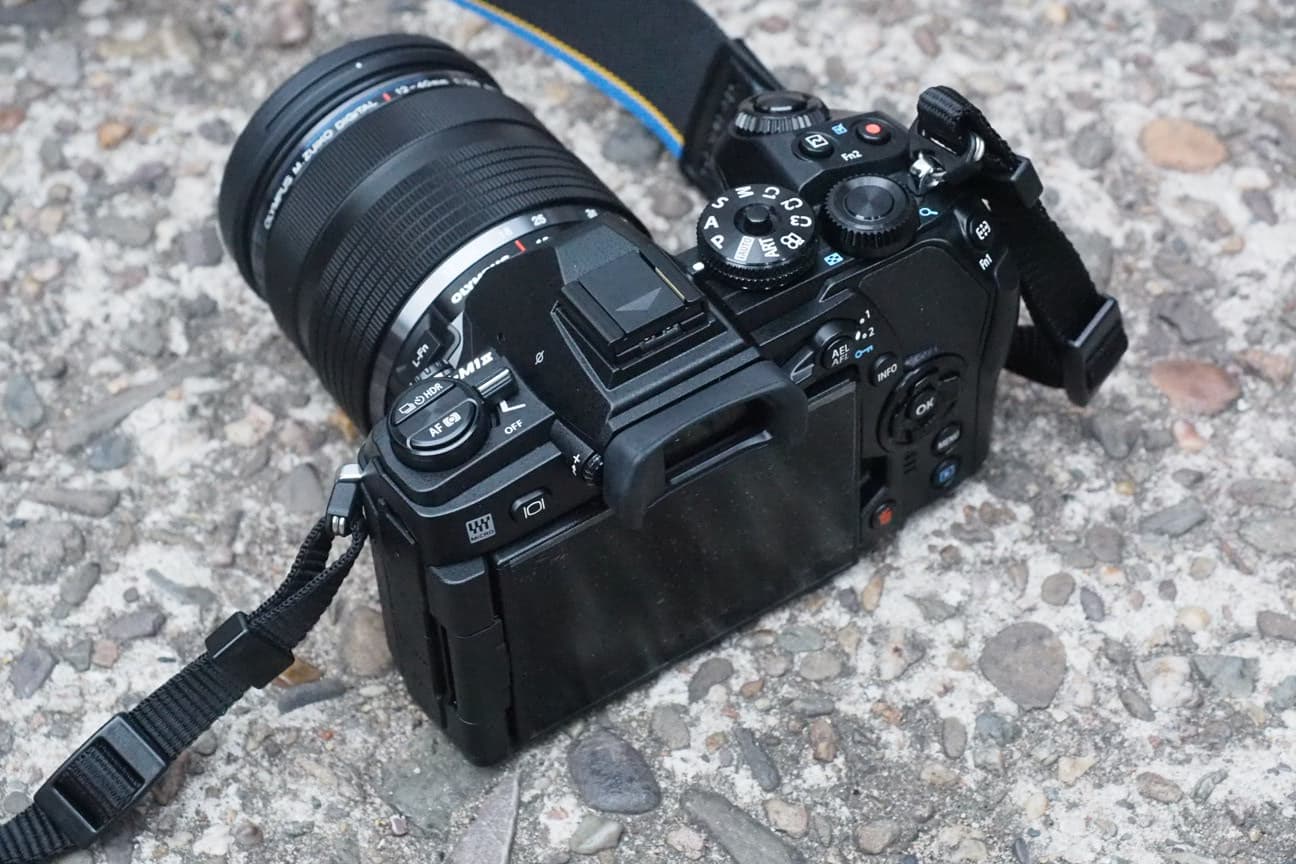AW: What was Olympus’s main point in mind when designing the E-M1 II?
SK: The primary point is speed, which is increased dramatically, not just the continuous shooting but also the autofocus and viewfinder refresh rate. The sensor readout is faster, and the data processing speed has dramatically improved.
AW: In its launch presentation Olympus said the E-M1 II would offer a better value proposition than APS-C. Can you expand on that; for example did it mean both DSLR and mirrorless?
SK: In a sense it’s both, but more about the conventional APS-C DSLR than APS-C CSCs. With the E-M1 Mark II we have surpassed the speed and image quality of APS-C DSLRs.
AW: In what way was is IQ surpassed?
SK: In particular, we’re better than our competitors at mid-range ISOs around ISO 6400, with better noise reduction and resolution.
AW: What would you say are the main advantages of Micro Four Thirds over APS-C, for the system as a whole including lenses?
SK: With Micro Four Thirds, when we develop the lens it exactly matches the sensor size. But some APS-C camera use full frame lenses, which means ours perform better. The sensor size is smaller so we have so better mobility, and if the pixel count is similar, we can get better accuracy with resolution.

Olympus OM-D E-M1 Mark II
On image stabilisation
AW: Can we talk about the E-M1 Mark II’s new IS system. How well does it work with and without IS lenses?
SK: The in-body stabilisation itself gives 5.5 steps, and the Sync IS gives 6.5 steps with OIS lenses. 6.5 stops is actually a theoretical limitation at the moment due to rotation of the earth interfering with gyro sensors.
AW: Olympus and Panasonic now both have dual IS systems using cameras with in-body stabilisation and together with optically stabiliased lenses. Are they cross-compatible as a Micro Four Thirds standard?
SK: Compatibility is guaranteed, in that Olympus and Panasonic lenses will work on bodies from either. But Olympus Sync IS and Panasonic Dual IS are not cross-compatible, as each uses a different algorithm.
AW: As a side note, Panasonic lenses have aperture rings, which don’t work on Olympus. Are there plans for cooperation on this, as customers can seem disappointed about this.
SK: We understand this should be compatible in the future.

About the new sensor
AW: What were the main challenges making the E-M1 II and getting it to work at such high speeds?
SK: The improvement comes from AF speed and accuracy, with the 121-point sensor. But this means image recording and autofocus need to be matched at high speed. This was very difficult, to maximise the performance of the E-M1 II’s new image sensor.
AW: Is the sensor related to the one in the PEN-F just with PDAF added, or are there more differences?
SK: It’s a totally different sensor, two times faster, with totally different construction. On-chip phase detection is also incorporated.
AW: Can you say anything about the success rate of the AF compared to E-M1, i.e. percentage of images that will be in focus?
SK: It depends on the subject, and we’ve been field testing to develop new algorithms. We can’t say definitively, but initial reports from our testers say the success rate is higher.

On 4K video
AW: Is there a strong customer demand for 4K video?
Yes it’s customer demand, Panasonic has made 4K a feature that customers expect, and therefore we want to include it.
AW: But is the camera still primarily for stills?
SK: Since we are now in digital era, the distinction between the two becomes blurred. Our first priority is the still image, but taking a good movie is now also a requirement for a good digital camera so we’re focusing on this too.
AW: Is image stabilisation an important aspect for 4K video?
SK: Yes, one of our strongest points is our image stablisation. We’re late comers to video so this one of our strongest differentiators. We’re able to shoot hand-held in any condition, for example walking and running. This is our strong focus.

About lenses
AW: What was the main goal with making the 25mm f/1.2 lens. Was it image quality, or brightness perhaps?
SK: When we have developed this lens, the top priority is image quality. Not just high resolution but also quality of the bokeh. So the design is not just focused on the in-focus sharpness but the gradual transition to out-of-focus areas, giving a new way of expressions for the photographer.
AW: Is lens quality something Olympus would say is a strong point of the system?
SK: Definitely, that is one of Olympus’s main strengths.
AW: About the 12-100mm f/4: who is it designed for, and is it designed primarily for optical quality or convenience?
SK: Professional photographers recording documentary and so on have limitations on their baggage, so want one single lens but still with high image quality. Even though it has high 8x magnification, the lens resolution is very good at every focal length.
AW: If ithe lens is used on an older body like E-M5 II, what happens with the IS?
SK: About 6 stops, users of older cameras will still get sync IS.
AW: Will this need a firmware update to work?
SK: Yes it will need a firmware update, which we hope will come soon.
AW: Can you say anything about cameras you will support?
SK: We’re not at this moment able to disclose this, but in general if the camera is still in the stores, it should be updated.








